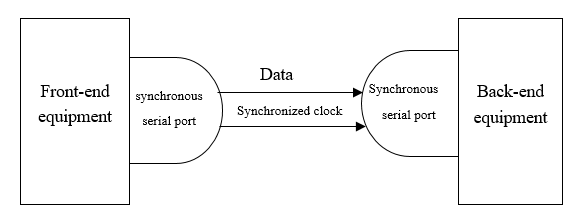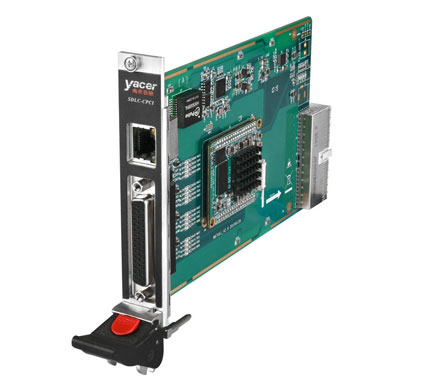In radio, measurement and control or data acquisition system, the front-end equipment needs to transmit large flow data to the back-end equipment for further processing.
Due to the complexity of parallel communication system and the large number of signal lines, in order to improve the reliability of the whole system and reduce the cost, bit-oriented high-speed serial communication is often selected for data transmission.

The baud rate of high-speed serial communication is often as high as 8Mbps or even 20Mbps, which is far beyond the rate limit of RS-232 interface. Generally, RS-422 and RS-485 interfaces are used to transmit high-speed serial data based on differential signals.
High-Level Data Link Control (HDLC) protocol is commonly used in high-speed serial communication. It is developed by the International Organization for Standardization (ISO) based on IBM 's SDLC (Synchronous Data Link Control) protocol. It is a synchronous transmission of data, bit-oriented data link layer protocol.
The advantages of HDLC protocol are as follows:
● HDLC defines a perfect framing scheme, so as to facilitate the application layer data packet transmission
● provide address field, support point-point, point-multipoint communication
● Provides CRC verification
Some applications require only the transmission of a binary data stream and do not need a link layer protocol, or users prefer to customize their own dedicated link layer protocol. In these cases, the communication layer only needs to transmit the binary data stream at high speed and reliably, and this mode of operation is called BIT streaming mode.



